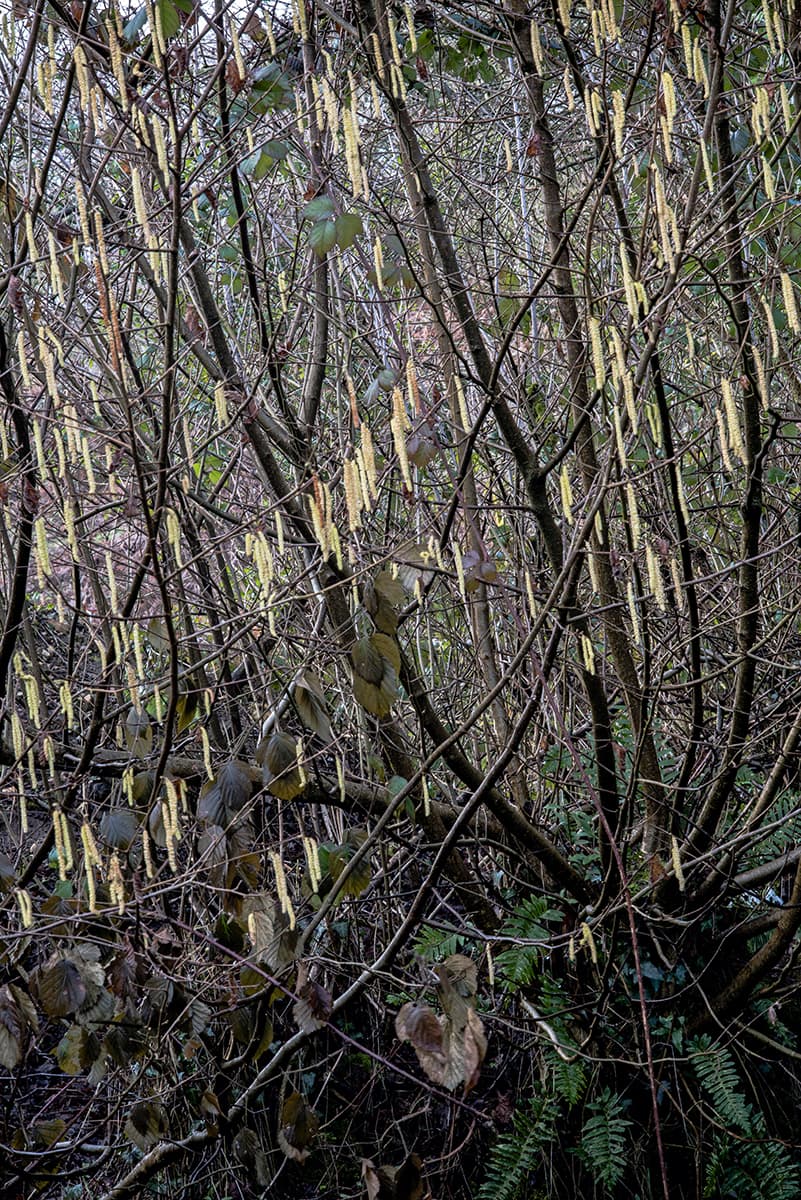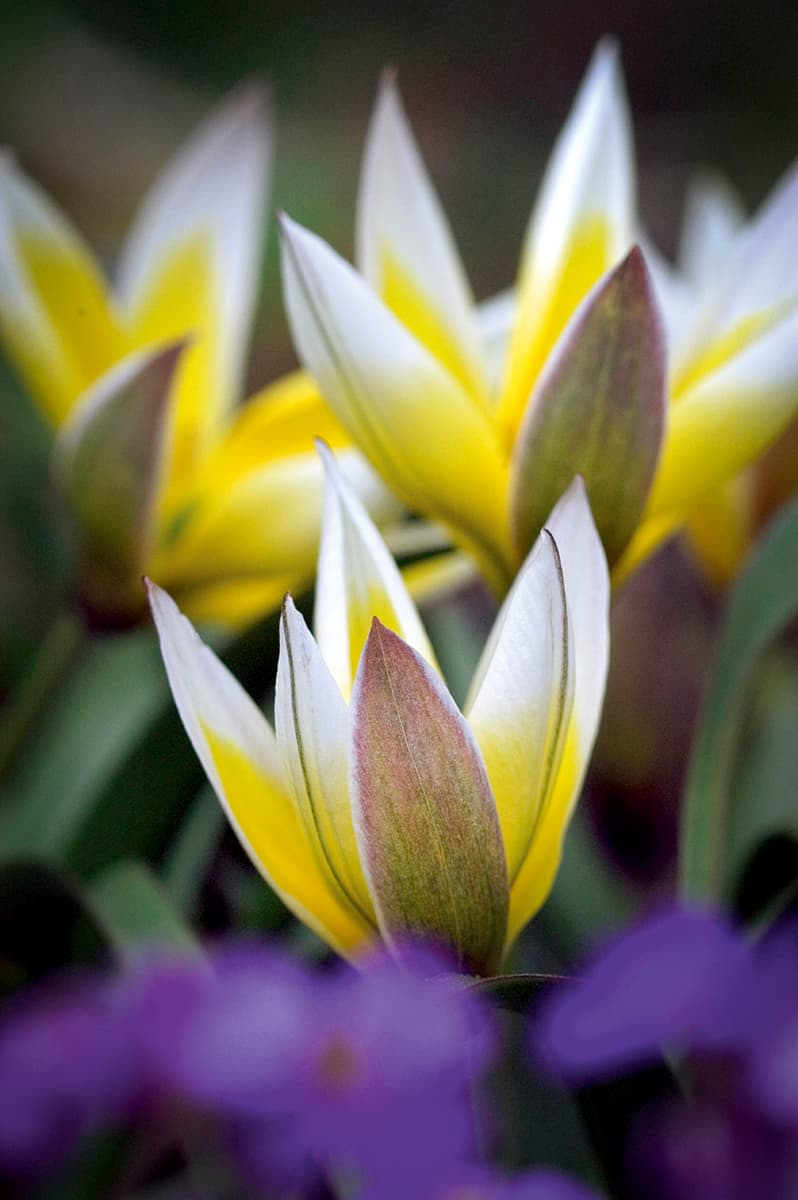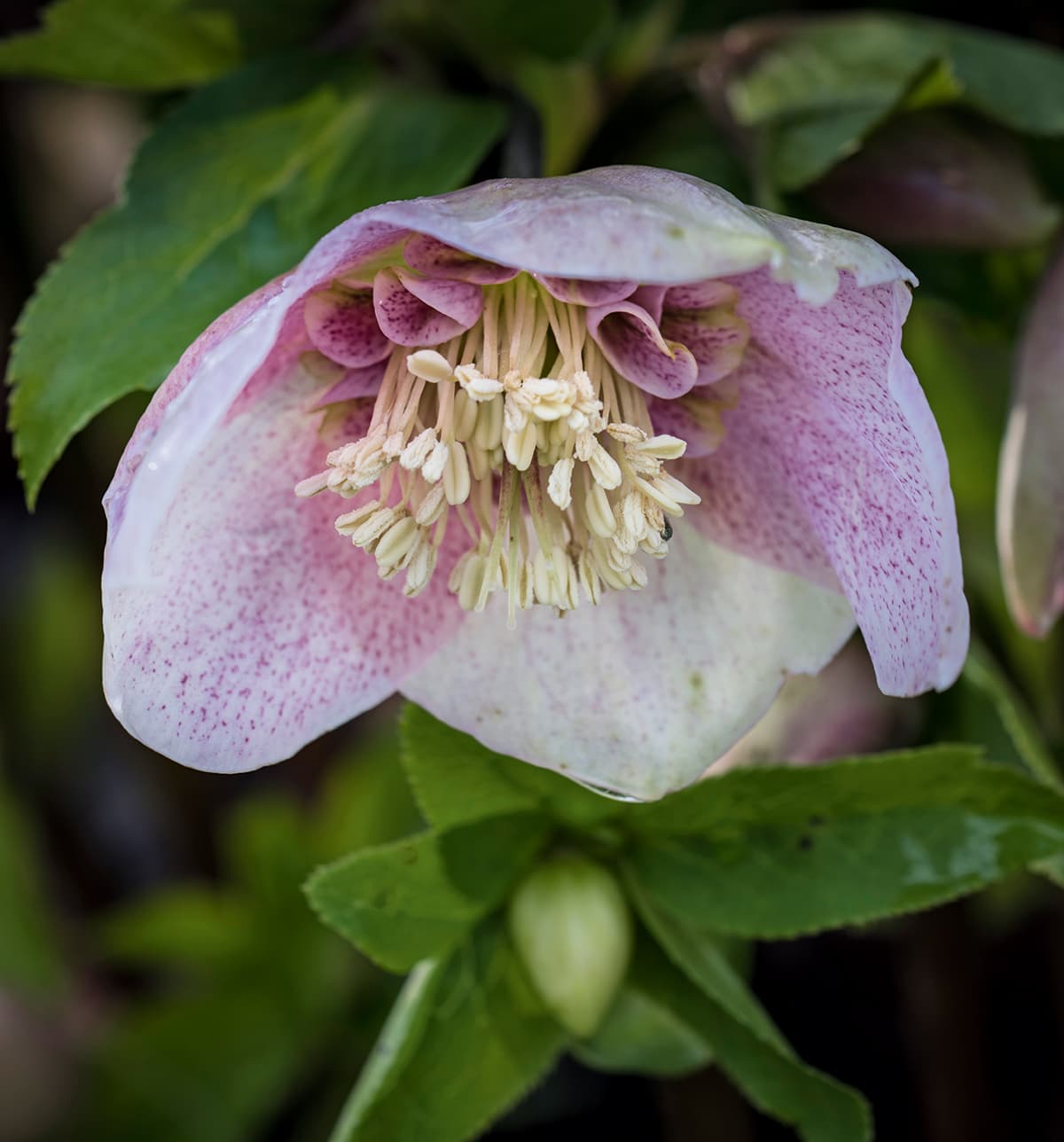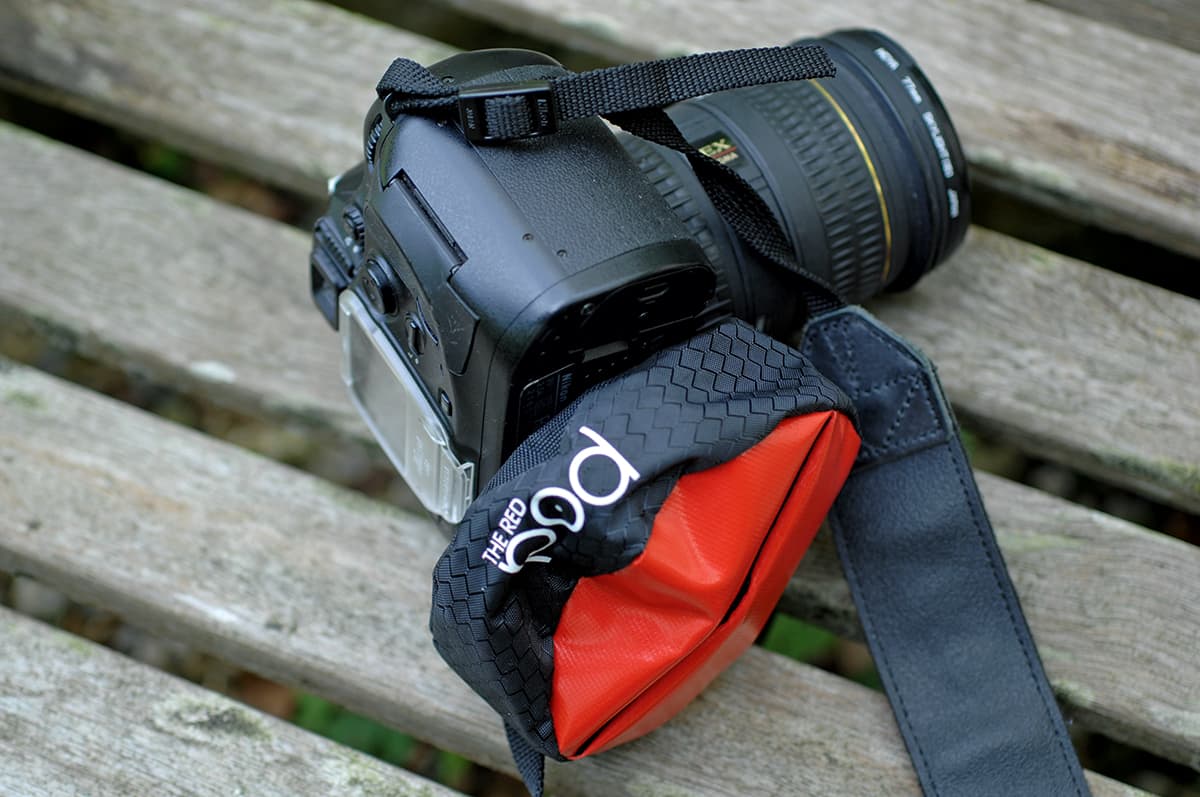Spring flowers get the job done early. Despite the cold and wind, spring bulbs struggle through the hard ground to make sure they get ahead in the fight for survival. With little foliage cover on the trees, early spring flowers are primed to take advantage of whatever sunlight is available so they can grow and thrive. Their bright colours attract pollinating insects keen to have a nectar feast after hibernation. As photographers, we can get just as excited as the bees, as we see the wonderful colours and shapes popping up all over our gardens, parks and hedgerows. Specialist in plants and gardens photography, Philip Smith gives his top tips on photographing spring flowers.
1. Sheer volume

Photographing single flowers well is both a challenge and a joy, but in spring it is often the sheer volume of colour that is so attractive. Rafts of crocuses, carpets of bluebells – choose your cliché. Translating that scene from a three-dimensional spectacular to a small, two-dimensional rectangle is not straightforward. There is a tendency for the resulting image to have much less impact than the real-life scene.
2. Woods and hedgerows

There is so much to enjoy at this time of the year as the woods and hedgerows burst with life. It takes a lot of time and concentration to discern the subtle patterns that are emerging everywhere, but they can offer valuable opportunities to extend and develop both your photography and your eye for a great shot.
So enjoy the sunshine this spring – but enjoy the dark clouds as well. Great opportunities for photographing spring flowers are out there, waiting for you and your keen eye.
3. Weather conditions

Low cloud provides good light for delicate spring flowers, but I have learned that it is no good waiting for the right weather conditions. Just as there is no bad weather (only bad clothing), for me there is no bad weather for photography, only bad timing. Low-contrast light can really make the bright colours of spring sing out. If it’s very windy, I will see if I can set up a still life in a sheltered spot. Cloudy days work well, but when the weather brightens, many spring flowers open to reveal their true nature.
4. Shoot the process

In spring we are often photographing flowers that are surrounded by bare earth. It is important to me that I can shoot and process the image in such a way that the picture is not deadened by patches of brown ‘nothingness’ around the subject. Here I have darkened the surrounding earth both in the initial exposure and in post-capture processing, creating contrasting tone and a visual connection between the ground and the dark markings on the petals.
5. Shooting hellebores

Hellebores will flower from December through to April, and are among my favourite plants. The only problem with them is that their best bits are hidden, since the flower heads protect their stamens from the wind and weather by hanging down.
I like to ‘go with the flow’ and show a plant’s character, rather than take an artificial view of it. I never clamp a plant to keep it in an unnatural position, although I will use pegs to move intruding foliage out of the way.
Some plant breeders develop varieties of hellebore with an upright habit. To me, this is all wrong. It’s like giving the Mona Lisa teeth whitening so she can smile properly. That said, getting low to the ground and manoeuvring the camera to include the beautiful patterning is a challenge.

I sometimes use a pad like this. It screws into the tripod thread, giving valuable additional stability for shooting at ground level when photographing spring flowers.
Other top tips for photographing spring flowers

1. The good news is that you don’t need an expensive macro lens to get nice spring flower shots, as a standard zoom will do the job; a standard prime is even better. However, you will need to be very mindful about composition and framing to get a shot that will stand out from the crowd.
2. It’s important to photograph good specimens. If the snowdrops or daffodils in your garden are the slightest bit tatty, consider heading to a park or stately home for more pristine examples. Every flaw is obvious with close-up photography.
3. Even if you are throwing the background out of focus by shooting wide or zooming right in, it needs to be as clean and as non-distracting as possible. Watch out for stray leaves and stems or clutter from the garden.
4. One of the easiest ways to improve your flower photography is to get down to the same level. Use a device such as the Wimberley Plamp to keep your subject still if there is a slight breeze.
5. Using a tripod enables you to concentrate on the composition, as you can be assured that your camera is perfectly still. A tripod also slows you down and encourages you to work in a more meditative way.
6. You can get away without a macro lens if you can zoom into the flower and use a wide aperture to throw out the background. Use a small reflector if necessary to throw light back onto the flower and fill in shadows.







